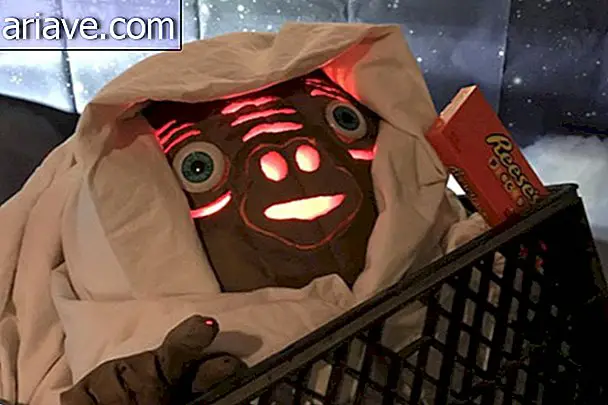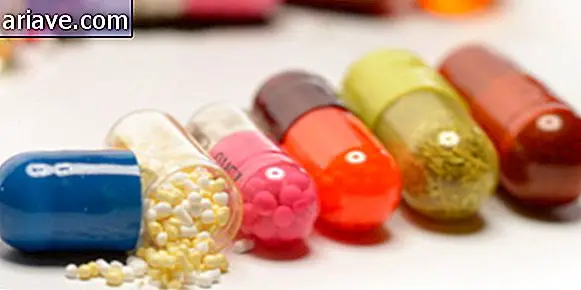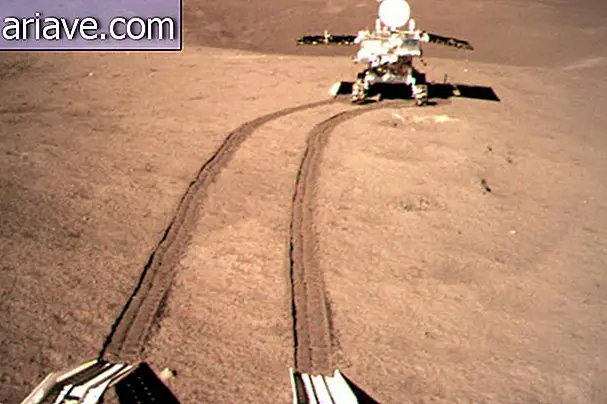Scientists 'manufacture' functional cardiac tissue in laboratory
According to a report released by the Massachusetts Institute of Technology (MIT), a team of researchers at the institute was able to “manufacture” functional heart tissue through a device originally used to create integrated circuits. According to the note, there are already several advances to produce laboratory organs for transplantation, but until now this technology has been limited to simpler tissues.
Heart tissue, on the other hand, is quite complex, which means that producing this material in the laboratory is a huge challenge. This is because, if muscle tissue cells are not precisely organized, then this structure will not be able to properly perform the role of pumping blood.
To circumvent this problem, the researchers created ultra-thin layers composed of a polymer known as “bio-rubber”, featuring uniformly sized rectangular microperforations. Then the scientists adapted the equipment for producing integrated circuits so that each layer was positioned accurately on top of each other.
Specific pattern

After determining which pattern was most appropriate, the pores were aligned so that they formed piles of intertwined muscle tissue after the introduction of adult rat muscle cells and baby mouse heart cells. In addition, by controlling the alignment of these cells, the researchers were able to reproduce a type of tissue that mimics the heart precisely, capable of pulsating in response to electrical stimulation.
There are still several technical issues that need to be resolved before cardiac tissue production can be performed on a large scale. One problem is that in order for it to be implanted in humans, tissue needs to be much thicker, meaning that scientists will have to find a way to create a vascularization network that will keep this material alive.
On the other hand, scientists claim that this unprecedented degree of control over cell development opens a new dimension of possibilities. The next step will be to test the viability of the tissue in mice that have had heart attacks and then to overcome the technical issues so that the technique can be applied to humans in the near future.











